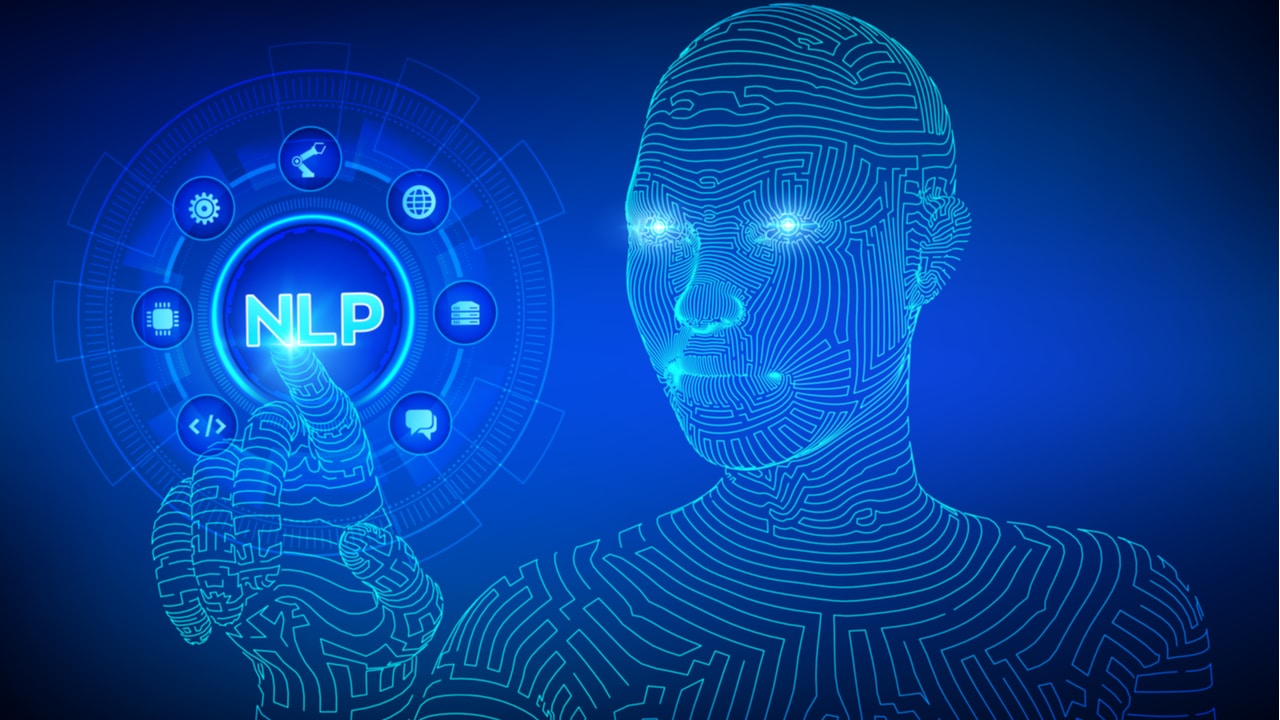

The Role of AI in Natural Language Processing: Revolutionizing Human-Computer Interaction
Natural Language Processing (NLP) is a subfield of Artificial Intelligence (AI) that deals with the interaction between computers and humans in natural language. The primary goal of NLP is to enable computers to understand, interpret, and generate human language, allowing humans to communicate with machines more effectively. Over the years, the role of AI in NLP has been instrumental in shaping the field and taking it to new heights. In this article, we will delve into the role of AI in NLP, its applications, and the future of human-computer interaction.
The Early Days of NLP
In the early days of NLP, researchers focused on developing rule-based systems that could understand and generate human language. These systems were based on hand-coded rules and were limited in their ability to handle complex linguistic structures and ambiguities. The introduction of machine learning algorithms and statistical models in the 1980s marked a significant shift in NLP research, enabling the development of more accurate and efficient language models.
The AI Revolution in NLP
The advent of AI has revolutionized the field of NLP, enabling computers to understand and process human language more accurately and efficiently. AI algorithms, such as deep learning and neural networks, have been instrumental in developing sophisticated language models that can learn from large datasets and improve over time.
Applications of AI in NLP
The applications of AI in NLP are numerous and varied, transforming the way we interact with computers and enabling new possibilities in many fields.
- Virtual Assistants: AI-powered virtual assistants, such as Siri, Alexa, and Google Assistant, use NLP to understand and respond to voice commands. These assistants can perform tasks, answer questions, and provide information, making it easier for humans to interact with computers.
- Language Translation: AI-powered language translation systems, such as Google Translate, can translate languages in real-time, breaking down language barriers and enabling global communication.
- Sentiment Analysis: AI-powered sentiment analysis tools can analyze text data, such as customer reviews and social media posts, to determine the sentiment and emotional tone behind the text.
- Chatbots: AI-powered chatbots use NLP to understand and respond to customer inquiries, providing 24/7 customer support and improving customer engagement.
- Speech Recognition: AI-powered speech recognition systems, such as Dragon NaturallySpeaking, can transcribe spoken language into text, enabling hands-free writing and improving productivity.
The Future of Human-Computer Interaction
The role of AI in NLP is transforming the way we interact with computers, enabling more natural and intuitive interfaces. In the future, we can expect to see more advanced AI-powered NLP systems that can understand and respond to human language in more sophisticated ways.
- Conversational Interfaces: Conversational interfaces, such as voice-activated interfaces and chatbots, will become more prevalent, enabling humans to interact with computers more naturally and effortlessly.
- Emotional Intelligence: AI-powered NLP systems will be able to understand and respond to human emotions, creating more empathetic and personalized interactions.
- Multimodal Interfaces: Multimodal interfaces, such as those that combine speech, text, and vision, will become more common, enabling humans to interact with computers in more flexible and intuitive ways.
Challenges and Limitations
While the role of AI in NLP has been instrumental in transforming the field, there are still challenges and limitations to be addressed.
- Language Complexity: Human language is complex and nuanced, with many ambiguities and exceptions, making it challenging for AI-powered NLP systems to understand and process language accurately.
- Data Quality: The quality of training data can have a significant impact on the accuracy and performance of AI-powered NLP systems, highlighting the need for high-quality datasets.
- Explainability: AI-powered NLP systems can be difficult to interpret and explain, making it challenging to understand how they arrive at their decisions and outputs.
Conclusion
The role of AI in NLP has been instrumental in revolutionizing human-computer interaction, enabling more natural and intuitive interfaces. From virtual assistants to language translation, AI-powered NLP systems are transforming the way we interact with computers and enabling new possibilities in many fields. While there are still challenges and limitations to be addressed, the future of human-computer interaction looks bright, with AI-powered NLP systems set to play an increasingly important role in shaping the future of computing.




